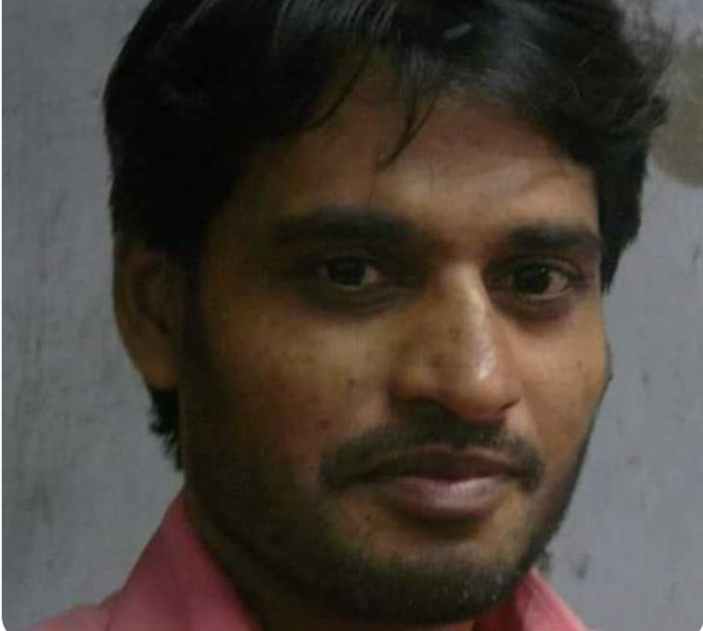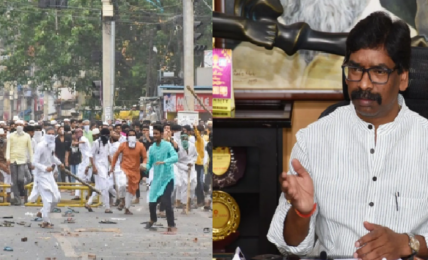How Borun Biswas saved women from mass rapes?
They were made to run from one police station to another citing jurisdiction and other such excuses. His stubborn nature did not accept this treatment. One morning in July 2002, Borun Biswas called a village meeting. He stood & roared "If we can’t protect our daughters, sisters and wives then we shouldn't be living in a civil society. If we lack the courage to take on rapists, we deserve punishment even harsher than the rapists."




